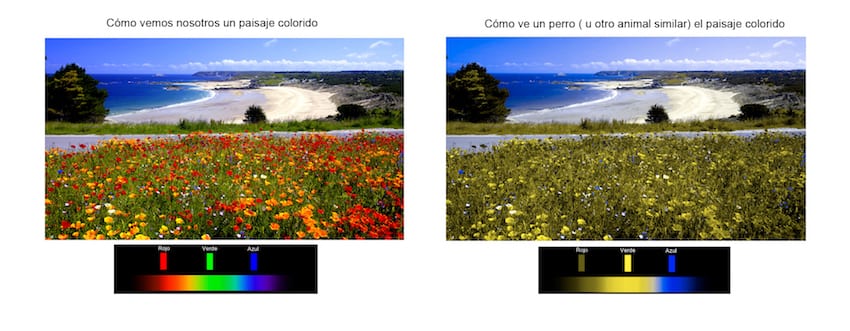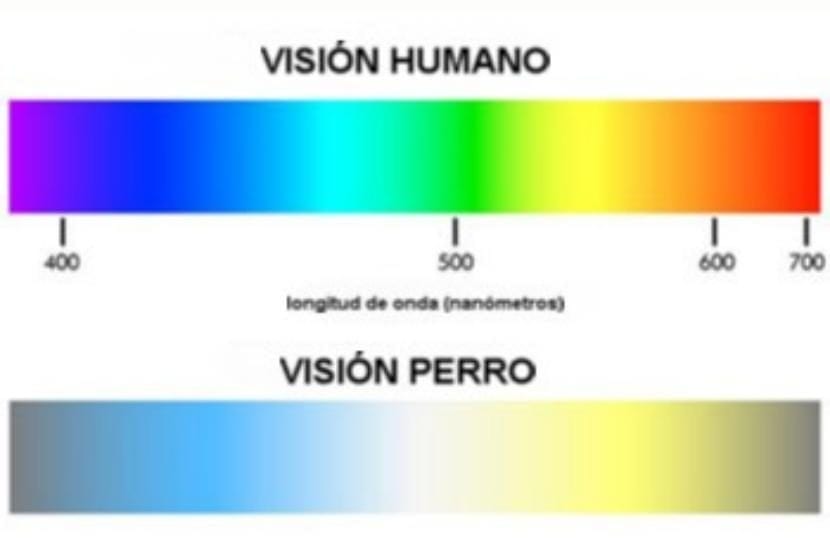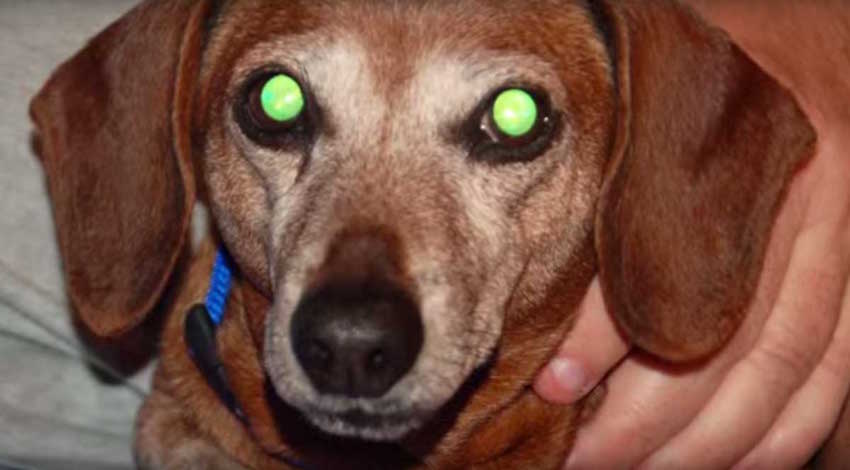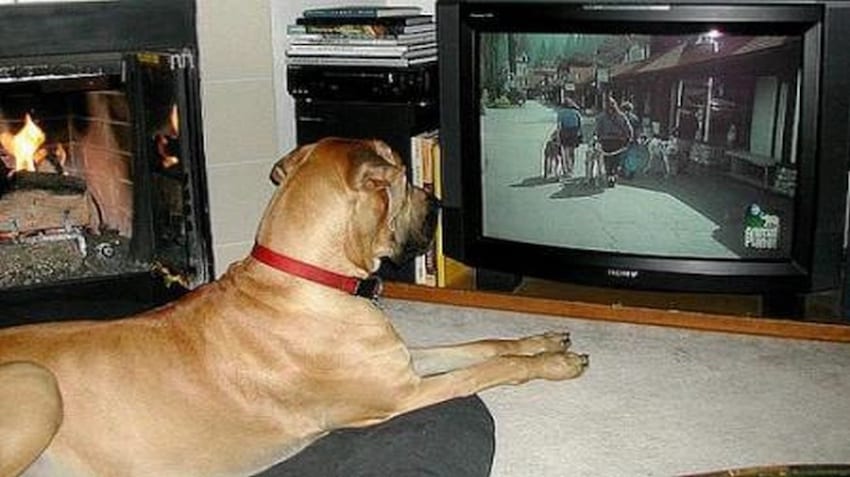
We have all wondered at some time how dogs see. Formerly, it was a difficult question to answer, but in recent years Scientific studies have been carried out that have allowed us to get an idea of what the vision of these animals is really like.
The eyes are one of the most precious organs also for our furry ones. Thanks to sight, along with other senses, perceive the world around them. That is why it is of great importance for any owner to know how dogs see, since they see from a perspective quite different from ours. Understanding this will help us better understand our peers.
It is necessary to emphasize that dogs do not have the same richness of color range that human vision possesses, since they do not have as many color receptors, also called 'cones'. Although this does not mean that they perceive the world in a worse way, each one has their vision adapted to their needs and survival.
In this article you will find all the answers to this curious topic that will fascinate you due to the enormous complexity of one of the most fascinating organs that the vast majority of living beings have, sight.
How do dogs perceive colors?
Years ago it was believed that dogs saw in black and white, however, dogs have been shown to perceive colors tooSome, like blue or yellow, in a very similar way to ours. However, other colors perceive them differently: green, for example, is perceived as a greyish yellow, and red, as a brownish yellow. This means that your vision is similar to that of a color blind person. In the following image you can see what is the difference between the vision of a human eye and a dog's eye:

If you look closely, you will see that blue and yellow perceive it perfectly, but that colors such as green and red have nothing to do with the tone that we perceive.
This, however, does not negatively influence your daily life at all! Even if dogs are not able to see with the same clarity as us, they perceive movement much bettereven in low light conditions.

Dogs can easily distinguish between blue and yellow; However, they can't see red, orange, or green. For this reason, whenever we go to buy them a new toy, it will be highly recommended that it be in colors that can be distinguished.
The eyes of dogs, like those of many mammals, have two types of photoreceptors in the retina:
- Canes, which are those used to be able to see in the shadows and those in charge of producing scotopic vision (visual perception that occurs with very low levels of illumination).
- cones, which are the ones that receive more signals in brighter conditions and are responsible for photopic vision (visual perception that occurs during the day, when there is light). The presence of rods in dogs is much higher than that of cones, which explains why they cannot differentiate colors in the same way that we do. But it is not very necessary.
This ability makes them excellent hunters. When it comes to chasing their prey, if it is small, they will probably not distinguish it at a long distance, but if it moves, it will be very easy to keep track of it. Evolutionarily, dogs need to see better at night than during the day, since it is when they are most vulnerable to attack by possible predators and when they are most active. But what colors are they able to see? These:

Dogs they have a very good peripheral angle of view, and on the other hand, they have a much larger pupil, which allows them a greater entry of light, hence their cells work very well in the dark.
Also, in their eyes there is a membrane called tapestry of light which acts as a mirror in front of the light rays, which are later sent to those receptor cells. This makes them move like a fish in water in the twilight.
Have you ever wondered why dogs' eyes shine so brightly when we take pictures of them in the dark? The cause is that membrane, the Tapetum lucidum. They are not possessed!
How do dogs watch television?
You have probably ever seen your dogs sitting in front of the sofa watching television. Make no mistake, they are not following any story, surely they are only attentive because some sound catches their attention.
Human beings, due to our visual and intellectual capacity, can create a story from sequenced images, for this we only need a certain number of images to pass through our sight, so we can perceive them as a continuous sequence.
Did you know that your brain is capable of processing between 70 and 80 images per second while ours is only about 60? This comes in handy, since being predators, they can capture the movement of a possible prey much more quickly than humans
The fact that dogs perceive movement so acutely also influences when they watch television, especially with older devices. They need a higher number of images per second to see it as a sequenceHence, often, in the televisions of yesteryear, they saw whites or passes of images between frames, and not sharp images.

With the new high definition televisions, the ratio of images per second is higher, so we understand that they appreciate the sequenced images better. In fact, studies have shown that they can interact with television, especially if dogs appear howling or growling, but it is not known if they really enjoy it.
Our furry dogs do not interact with screens as we do, in fact, the first conclusions seem to indicate that when a dog watches television, is unable to decide between one of themHe simply observes, without any reason to do so.